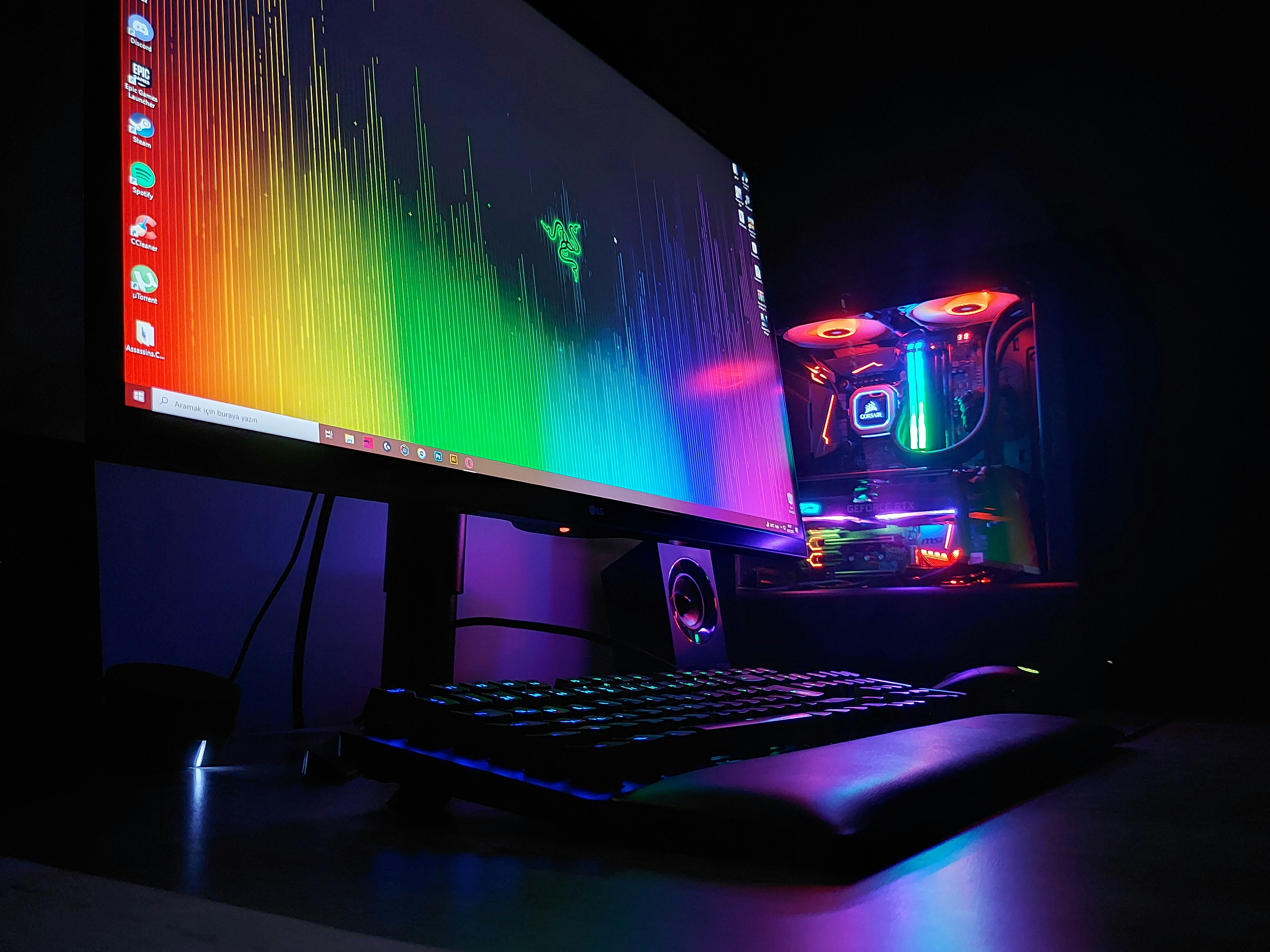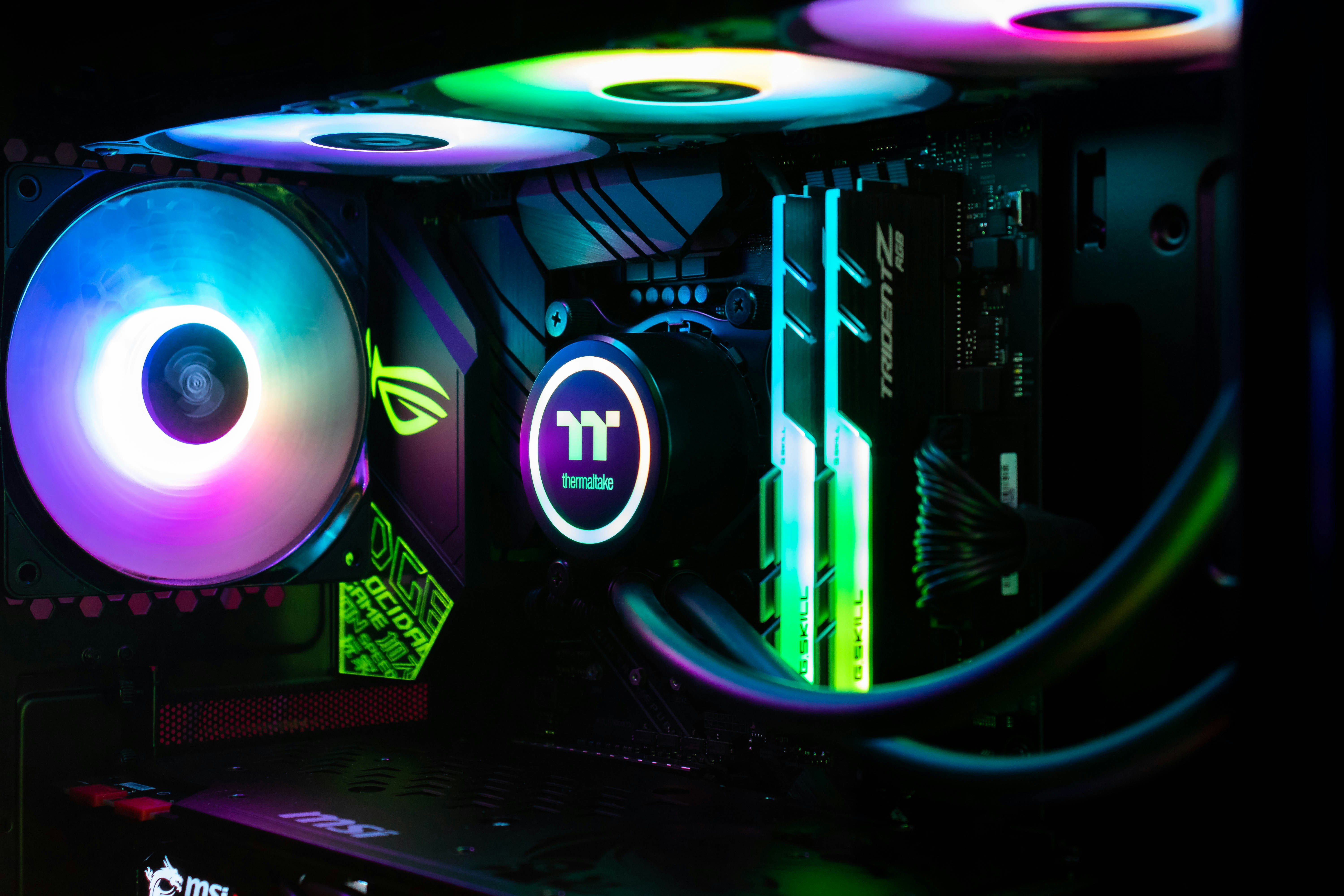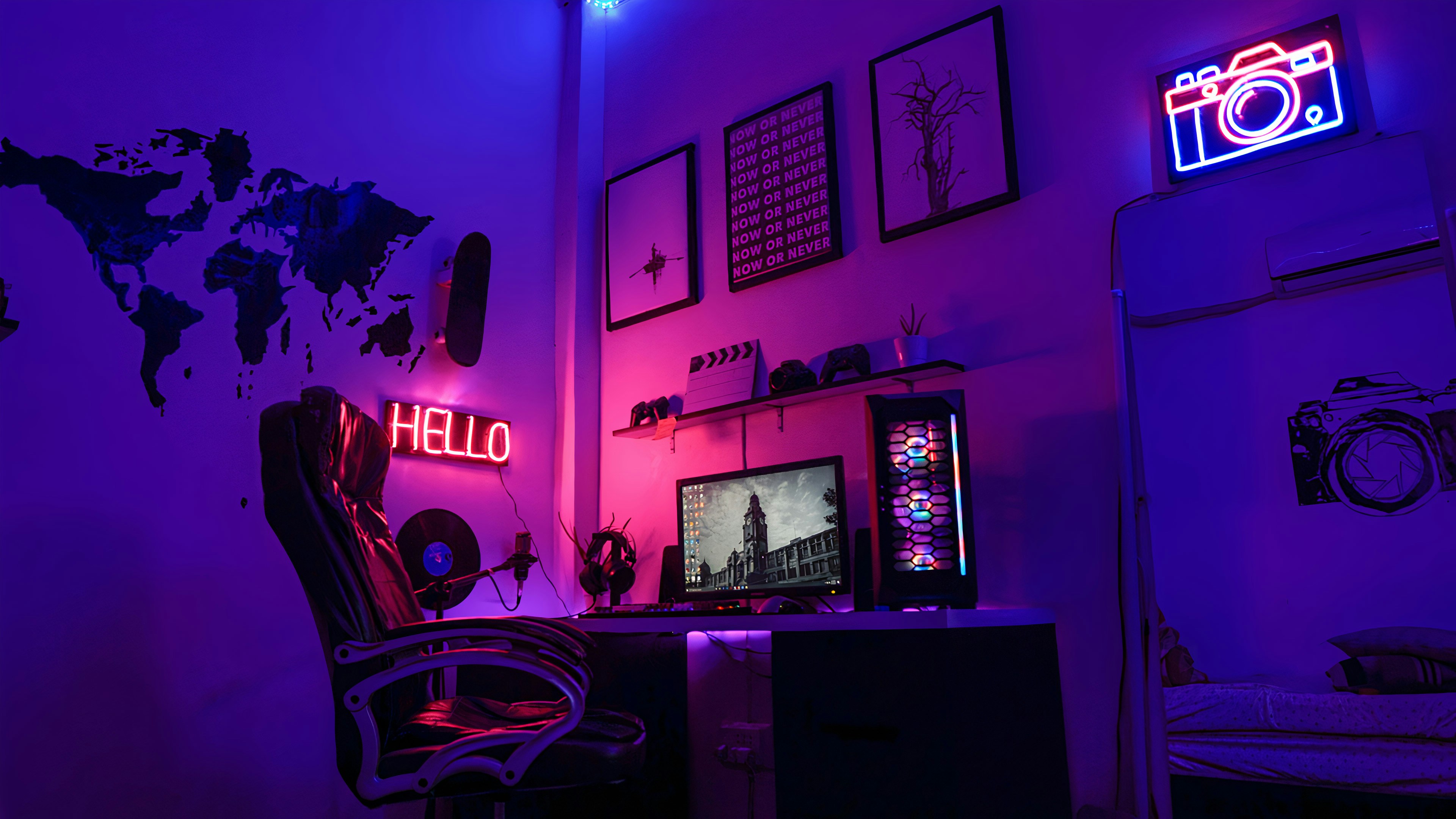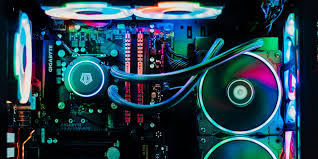Contents
One of the most enjoyable moments for gamers is having a gaming computer where they can play their dream games smoothly.
Although ready-made systems may seem appealing, they may not have exactly the hardware you need and may strain your budget. Therefore, building your own gaming computer gives you more control and allows you to use your budget more efficiently.
In this article, we will guide you step by step in assembling a gaming PC . In this comprehensive guide of more than 1000 words , we will examine in detail all stages such as budget determination, hardware selection, installation and optimization.
1. Budget Determination:
The first step is to determine your budget. Prices for gaming PCs vary widely depending on hardware choices.
When determining your budget, it is important to consider not only hardware costs but also other necessary equipment such as the operating system, keyboard, mouse and monitor.
Here are some tips to help you when determining your budget:
- Research the system requirements of the games you want to play. This will give you a better idea of what hardware you need and how much budget you should allocate.
- Compare hardware prices. You can find the best prices by getting price quotes from different vendors.
- You may consider purchasing second-hand equipment. You can also consider second-hand equipment to limit your budget.

2. Hardware Selection:
Once you’ve determined your budget, you need to choose the hardware you’ll need. The most important parts of the gaming computer are:
Processor (CPU): It is the most important component that directly affects the performance of games. Intel and AMD are the most popular processor manufacturers. When choosing a processor, it is important to consider factors such as number of cores, clock speed, and number of threads per core.
Graphics Card (GPU): This is the component that handles the visual processing of games. NVIDIA and AMD are the most popular video card manufacturers. When choosing a video card, it is important to consider factors such as the amount of memory, memory speed, and the number of GPU cores.
Motherboard: It is the main component where the processor and all other hardware come together. It is important that it is compatible with the processor socket and motherboard chipset. When choosing a motherboard, it’s important to consider factors such as memory support, PCIe slots and SATA connections.
Memory (RAM): This is the memory required for games and the operating system to run simultaneously. It is recommended to choose at least 8 GB of RAM, but 16 GB or more. When choosing RAM, it is important to consider factors such as memory speed and memory type (DDR4, DDR5).
Storage: The area where games and programs are stored. SSDs (Solid State Drives) are much faster than HDDs (Hard Disk Drives). Using both an SSD and HDD can provide both speed and capacity advantages. When choosing an SSD, it is important to consider factors such as capacity and read/write speed. When choosing an HDD, it is important to consider factors such as capacity, spindle speed and cache.
Power Supply (PSU): The component that provides the necessary power to all hardware. It is important to choose a PSU with sufficient power according to the selected hardware. When choosing a PSU, it is important to consider factors such as power capacity, 80 Plus certification and cable connections.
Case: This is the component where all the hardware is placed and determines the external appearance of the computer. When choosing a case, factors such as size, cooling performance and cable management are important. When choosing a case, also make sure that it is compatible with the motherboard size and does not contain unnecessary plastic parts that block airflow.
Here are some resources to help you with hardware selection:
- Online hardware comparison sites: These sites help you compare the features and prices of the same model hardware of different brands by comparing them side by side.
- Technology forums: You can join forums where experienced users can help you choose hardware or ask your questions.
- Technology news sites: You can choose the most suitable hardware for you by following the reviews of new hardware.

3. Hardware Installation:
After selecting the hardware, you need to install it properly. This process may require some technical knowledge and skills. If you are not confident, you can get help from an experienced friend or get support from companies that provide computer assembly services.
The general steps for hardware installation are:
- Looking at the motherboard’s manual:
- Place the processor into the socket on the motherboard.
- Attach the cooler to the processor. Don’t forget to apply thermal paste.
- Install other hardware (RAM, storage units) into the corresponding slots on the motherboard.
- Insert the motherboard into the case and secure it with screws.
- Place the power supply into the case and connect all hardware with power cables. Pay attention to cable management, unnecessary clutter can block airflow.
- Insert the graphics card into the PCIe slot on the motherboard.
- Install all the screws of the case and close the cover.
Here are some resources to help you with hardware setup:
- Hardware manufacturers’ websites: Most hardware manufacturers offer detailed installation guides on their websites.
- YouTube videos: You can find many Turkish and English videos about hardware setup. These videos can help you visually.
4. Software Installation:
After installing the hardware, you need to install the operating system and necessary drivers.
- Install the operating system (Windows, Linux, etc.) using the operating system installation disc or USB stick.
- Download and install the necessary drivers for your motherboard and other hardware from the manufacturers’ websites. Installing the drivers ensures that the hardware works in harmony with the operating system.
5. Optimizing Your Gaming PC :
After setting up your computer, you can make some optimizations to get the best performance in games.
- Make sure the operating system and drivers are up to date. Updates usually include performance improvements and bug fixes.
- Optimize the graphics settings of games according to your computer’s hardware. Graphics settings of games usually consist of options such as very high, high, medium and low. Depending on the power of your hardware, you should try these settings yourself and try to achieve the best performance.
- If you experience lag in games, check your internet connection and close unnecessary programs running in the background. Unnecessary programs running in the background can consume system resources and negatively affect game performance.

6. Maintenance and Important Notes:
- Keep your gaming computer clean regularly. Dust accumulation can reduce cooling performance and cause hardware to overheat.
- Keep your cables organized. Messy cables can block air flow and cause overheating.
- Don’t forget to safely shut down your gaming computer. Use the “shut down” or “sleep mode” options provided by your operating system. It is important to turn off the computer before unplugging it.
Building your own gaming PC gives you more control over your hardware selection and allows you to use your budget more efficiently. In this guide, we have covered the process of building a gaming PC in detail.
We have examined the budget determination, hardware selection, installation and optimization stages step by step. Remember that this guide provides you with a general roadmap. Since hardware technology is constantly evolving, it is important to have up-to-date information before building your PC.
Before you start, remember:
- Hardware prices can change constantly. Follow the prices up to date and try to take advantage of the most suitable opportunities.
- Hardware compatibility is very important. Make sure that all the hardware you choose is compatible with each other. Check your motherboard’s processor socket, memory support, and graphics card slots.
- Do not rush during installation. Install hardware carefully and use correct torque values when tightening screws.
- Don’t hesitate to get help. If you are not confident, you can get help from an experienced friend or get support from companies that provide computer assembly services.
Have fun playing!
In addition:
In addition to this guide, here is some additional information that may be useful when building a gaming PC:
- Overclocking: Some hardware, such as the processor and graphics card, can be overclocked to work above factory settings. However, overclocking may cause the hardware to heat up and shorten its lifespan. Before overclocking, you should definitely do your research and consider the risks.
- Cooling Systems: High-performance gaming PCs usually require more powerful cooling systems. You can choose between air coolers or liquid cooling systems.
- RGB Lighting: Many cases and hardware come with RGB lighting, allowing you to personalize the appearance of your computer.


